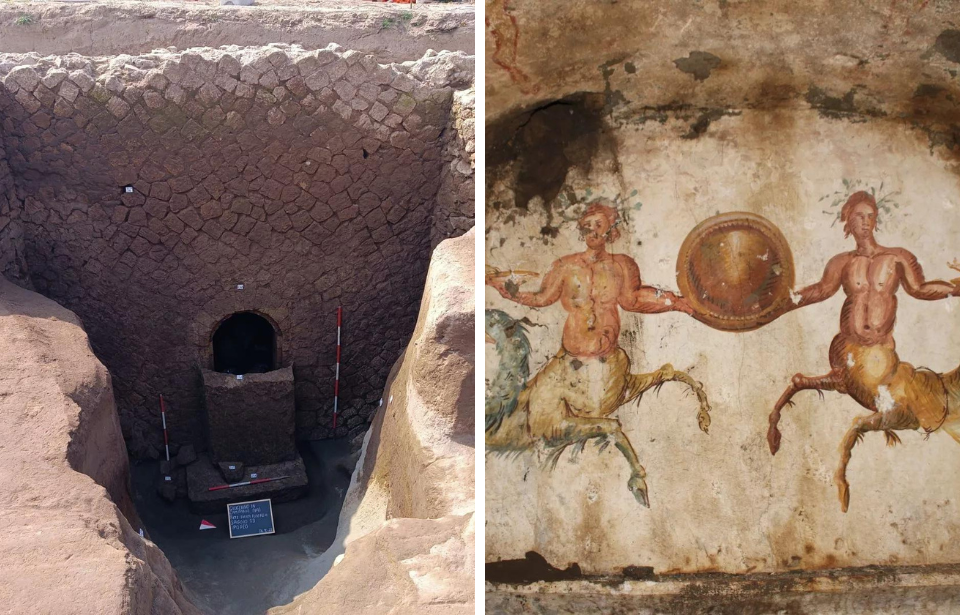In a groundbreaking archaeological discovery in Giugliano in Campania, in northwest Naples, Italy, researchers have uncovered an extraordinary find that offers a glimpse into ancient Roman burial practices. The Tomb of Cerberus, dating back 2,000 years, was in and of itself a remarkable discovery when it was unearthed in 2023, but its contents have further captivated archaeologists.
Discovering the Tomb of Cerberus
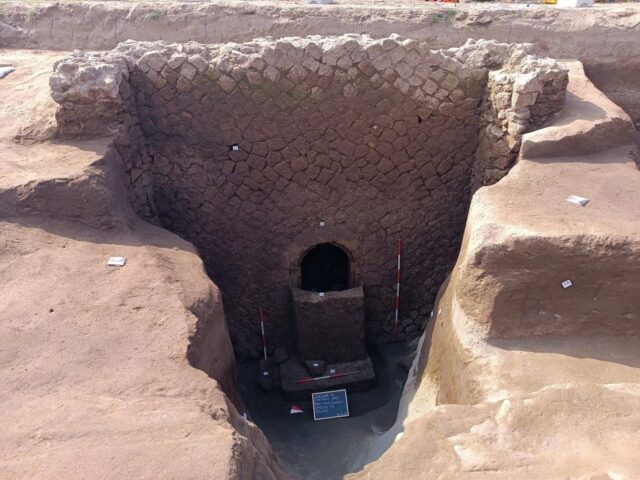
In 2023, a team of archaeologists working with the Superintendency of Archaeology, Fine Arts, and Landscape, discovered the boundary of a long-lost necropolis in Giugliano. Initial investigations revealed what appeared to be the entrance to a chamber tomb.
The site featured an elaborate fresco depicting Cerberus, the mythical three-headed dog of the underworld from Greek mythology.
Peering into the newly-unearthed burial site
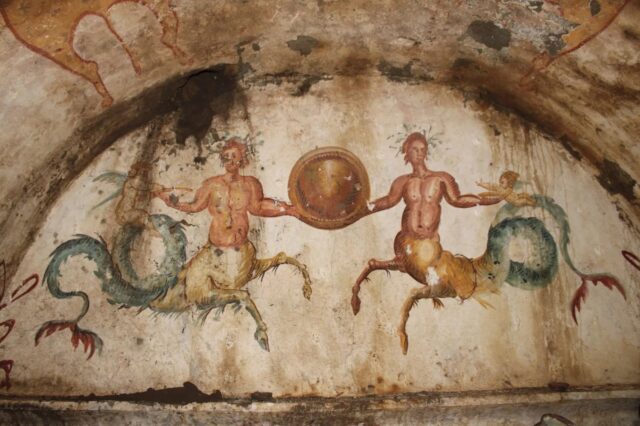
With careful precision, the team removed the tiles covering the ceiling opening to the Tomb of Cerberus, as it’s since been called, revealing a small aperture. A micro-camera was then inserted into this tiny gap, allowing the researchers to peer inside and make an “unprecedented” discovery.
Encouraged by what they observed, the archaeologists decided to open the sealed tomb for the first time.
An incredibly preserved mummy within the Tomb of Cerberus
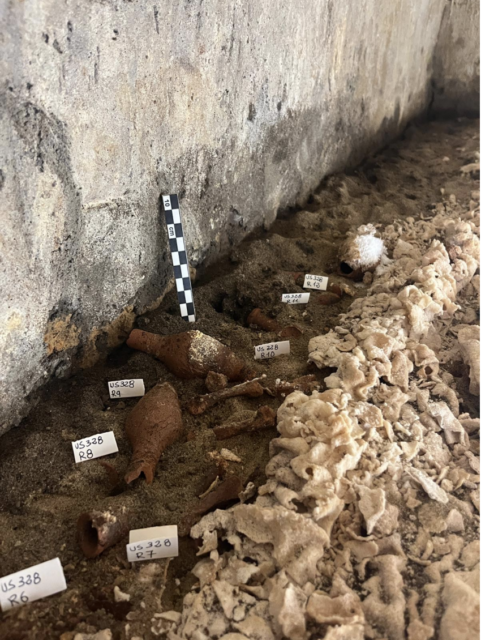
Led by Simona Formola, the archaeological team was astonished by the state of preservation of the Tomb of Cerberus’ contents.
Inside, they found an ancient mummy lying face-up, wrapped in a shroud and surrounded by an array of goods, including several ointment jars and body-cleaning tools commonly used in Roman burial rites. The body itself was remarkably well-preserved, thanks, in part, to plant-based creams, including those made from Chenopodium (“goosefoot”) and absinthe, likely applied before the tomb was sealed.
A significant discovery
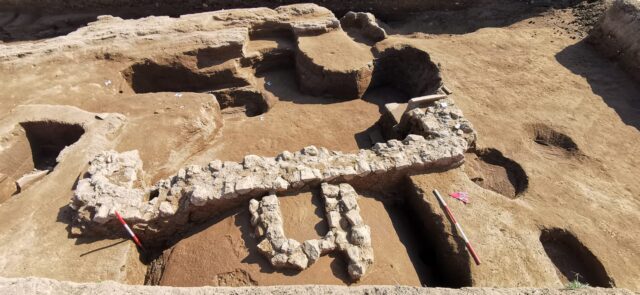
Mariano Nuzzo, a superintendent with the Italian Ministry of Culture, emphasized how significant this discovery is. In an official statement, he said, “The Tomb of Cerberus continues to provide valuable information on the Phlegraean territory near Liternum, expanding knowledge of the past, and offering opportunities for research of a multidisciplinary nature.”
The Tomb of Cerberus’ revelations extend beyond its physical contents. Fabric analysis is underway to determine the structure, type and quality of the shroud’s yarn. The climatic conditions have likely led to the mineralization of the fabric, presenting new challenges and opportunities for research.
DNA analysis and studies of organic substances, including pollen, are also being conducted to provide further insights into the burial practices and the social and cultural context of ancient Naples.
Research will be ongoing
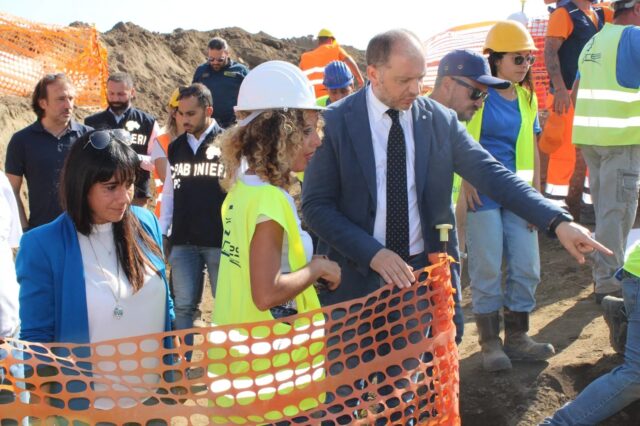
The meticulous sampling and analysis of the Tomb of Cerberus’ contents are expected to yield detailed evidence about Roman embalming techniques and the broader necropolis of which the burial site is a part.
More from us: Austrian Man Renovating Wine Cellar Discovers Mammoth Bones
Want articles by The Vintage News delivered straight to your inbox? Subscribe to our weekly newsletter!
“Laboratory analyses conducted on samples taken from the burials and depositional beds have returned a considerable amount of data regarding the treatment of the body of the deceased and the funerary rituals implemented,” Mariano Nuzzo revealed, adding that the findings are “considerably enriching the panorama of our knowledge.”
